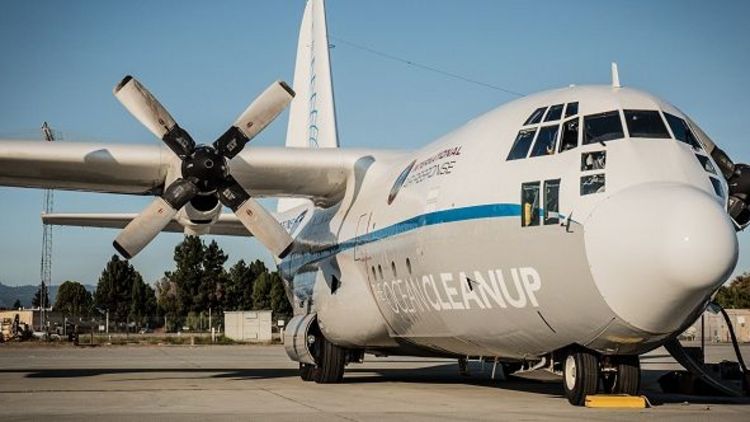Oldenburg. Plastic litter on the ocean surface can be identified and categorized from a distance by a new measuring method on the basis of infrared radiation. The basics now have been elaborated by a research team around Dr. Shungudzemwoyo Garaba, member of the research group Marine Sensor Systems at ICBM. In the future, plastic marine litter could be detected automatically by satellites, for instance.
Within the framework of The Ocean Cleanup initiative, two reconnaissance flights were carried out over the great Pacific Garbage Patch, employing different optical methods. In a recent study published in the scientific Journal Environmental Science and Technology, Garaba and colleagues evaluated the signals of an infrared sensor. ICBM director Oliver Zielinski, who also participated in the study, points out the possible difficulties when trying to distinguish plastic litter from other flotsam under visual light irradiation. Using IR sensors, plastic litter not only becomes traceable, as explains Garaba, but also is distinguishable in type.
More
[University press release via idw]
Targeting plastic waste
[Press & Communication, University of Oldenburg]



![[Translate to English:]](/f/5/_processed_/3/2/csm_ICBM-Logo-transparent-_91fe1c6774.png)
